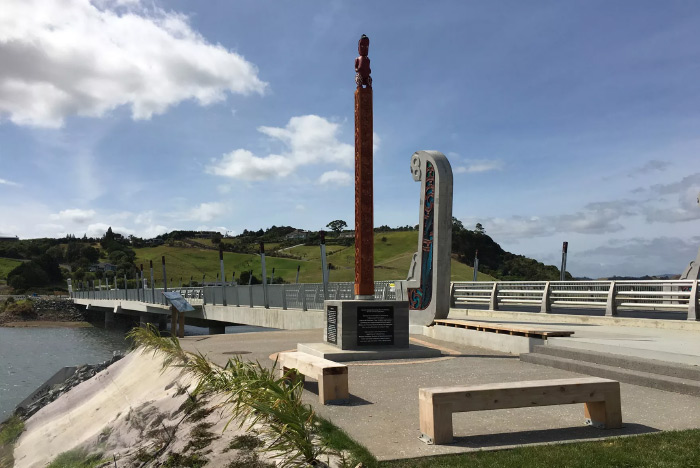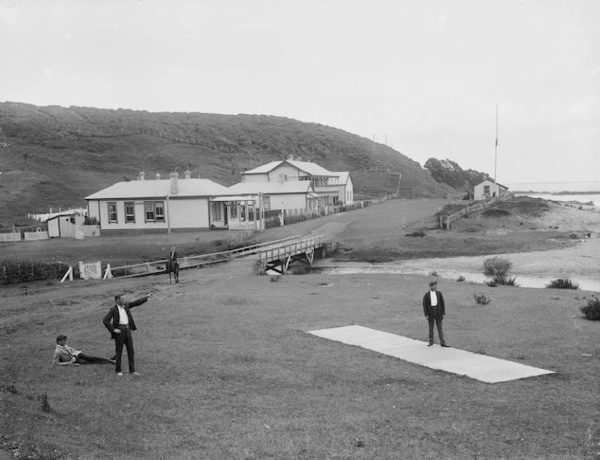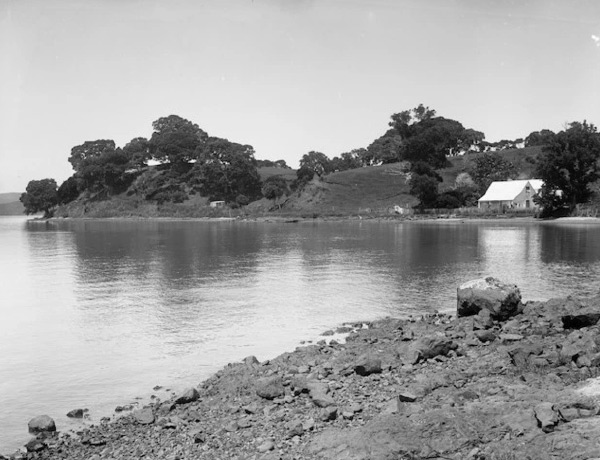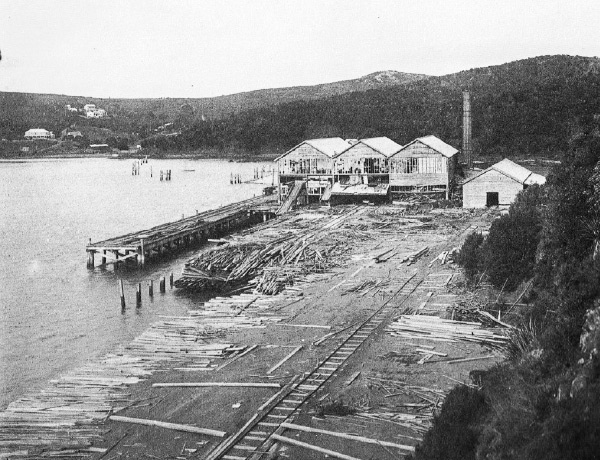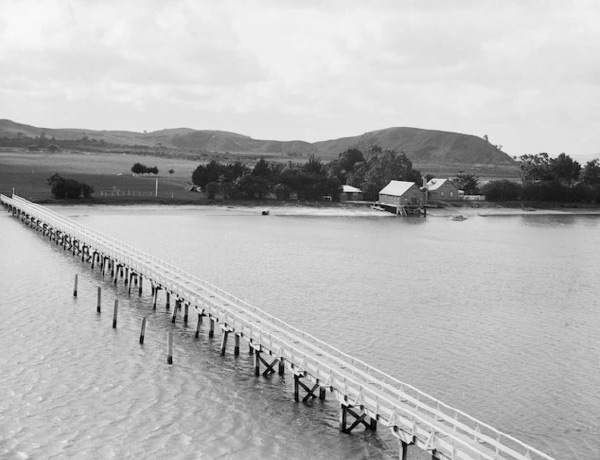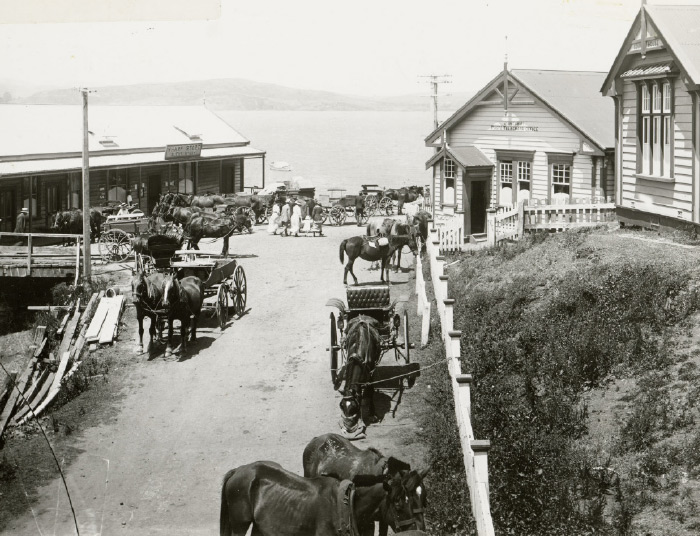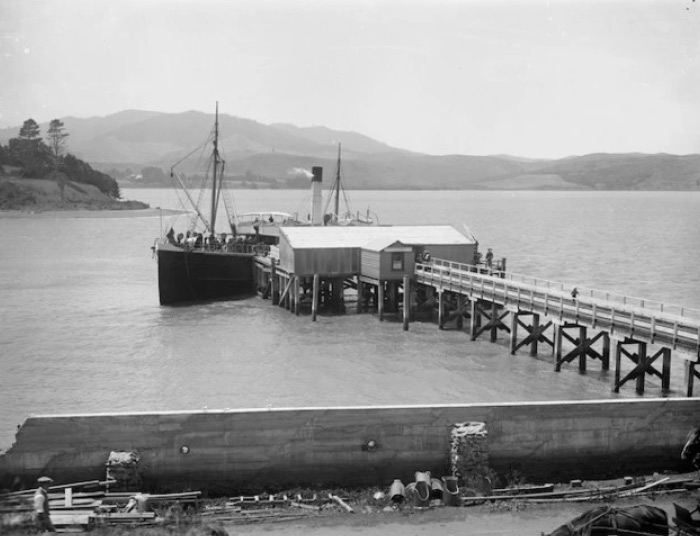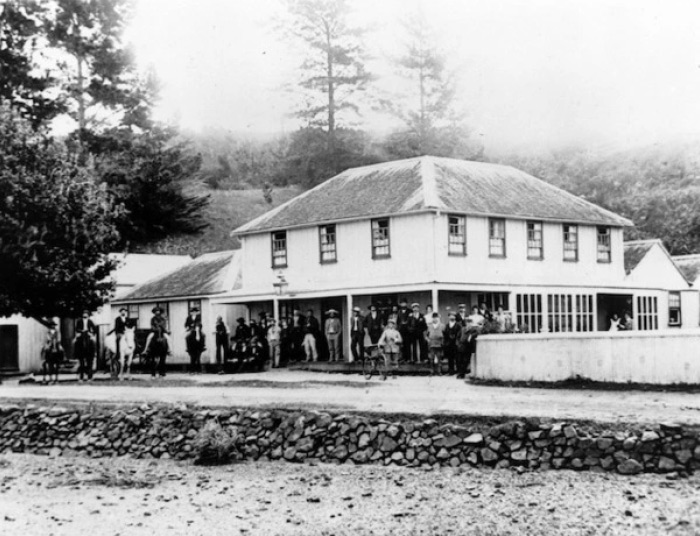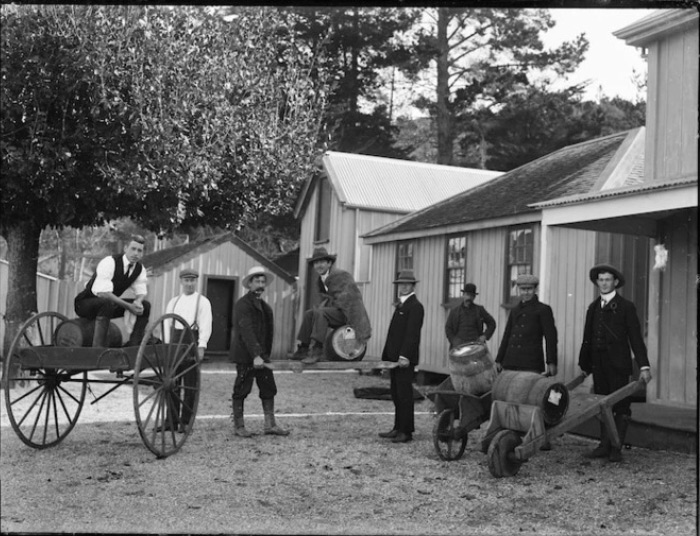History
A Journey Through Time in Doubtless BayStep back into the rich tapestry of Doubtless Bay’s history — a place where Aotearoa’s story begins. The first Polynesian settlers arrived around 900 AD, establishing the foundations of a culture deeply connected to land and sea. Among them was the legendary explorer Kupe, whose landing at Taipa is now commemorated with a monument, marking one of the earliest known human arrivals in New Zealand.
The area’s name, ‘Mangonui’, was given by the ancestor Moehuri, meaning “large shark,” a nod to the abundant marine life and the importance of the ocean in local traditions. Doubtless Bay is home to the Ngāti Kahu iwi, whose presence is woven into the land through twenty-one Marae, reflecting a strong, ongoing connection to whakapapa, community, and whenua.
European arrival began in 1769 with Captain James Cook, followed shortly after by French navigator Jean de Surville, both charting and observing this dramatic coastline. Their visits marked the beginning of a cultural crossroads that would shape the area’s future.
Boom Times: Timber, Trade & Telegraphs
By the 1830s, Doubtless Bay had become a thriving whaling port and a key stop for passing ships. With the growth of the flax and kauri timber trades, the region expanded rapidly. The Kauri Timber Company Mill at Mill Bay in Mangonui, seen in early photographs, was a hub of industry — a place where vast logs were milled and shipped abroad, playing a major role in New Zealand’s early exports.
The harbour also became central to communication. At Cable Bay, a telegraph station was established around 1912 as the New Zealand terminus of the Trans-Pacific Cable. The imposing two-storey Cable Station building — later floated to Russell to become part of the Duke of Marlborough Hotel — once stood proudly as a symbol of global connection from this small Northland bay.
Mangonui: A Bustling Coastal Centre
Historic photos from early 1900s Mangonui show the town alive with activity. The Oaks Hotel, a central landmark, was a local meeting place and watering hole, often bustling with patrons and deliveries — including barrels of beer, as one image captures with a bit of cheeky Northland flair.
Mail Day, or Boat Day, brought the town to life. The wharf, general store, and post office would fill with carts and townsfolk awaiting goods and letters from Auckland, delivered via ships like the Clansman, part of the Northern Steamship Company. The waterfront scene was a blend of trade, transport, and social life.
In nearby Taipa, a long wooden bridge spanned the Oruru River, connecting communities and enabling the transport of goods across the bay. These rustic yet vital structures were the backbone of regional growth.
From Past to Present
Today, Doubtless Bay is a peaceful retreat, but it still carries the marks of its industrious past. From historic wharves to old settler homes, pā sites, and Marae, the region holds layers of stories waiting to be explored. The legacy of whalers, traders, settlers, and tangata whenua lives on, not just in the land, but in the spirit of the people who call this place home.
